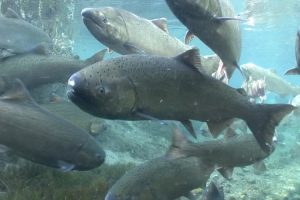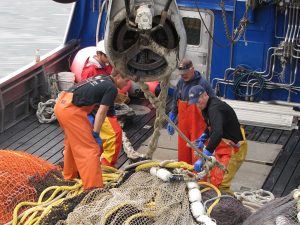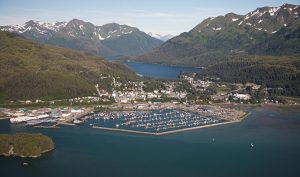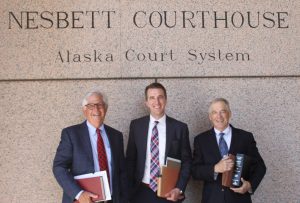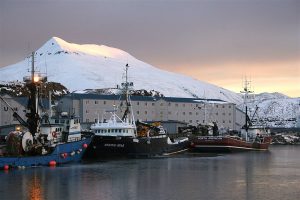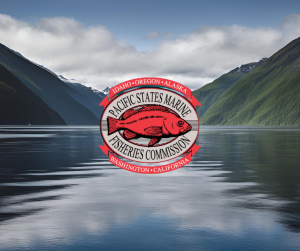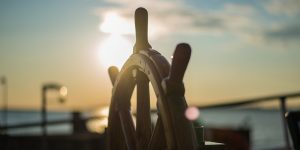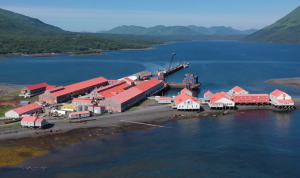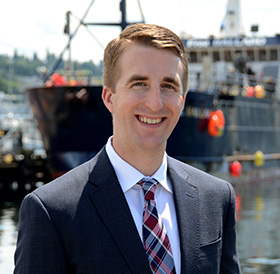Empowering Alaska Fishermen Through Insurance Cooperatives
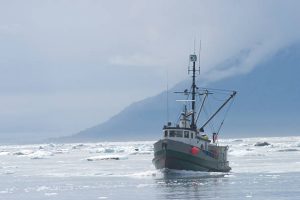
House Bill 116 is currently under consideration by the Alaska State Senate, representing a potential turning point for the state’s commercial fishing industry. This legislation would authorize Alaskan fishermen to form their own insurance cooperatives, which would lower operating costs and ensure the financial stability of smaller operators facing increasingly difficult economic conditions. Having passed the House unanimously, the bill is now before the Senate, with a strong possibility of enactment this session.
The bill originated from the Joint Legislative Task Force Evaluating Alaska’s Seafood Industry, which analyzed and identified growing financial strains on commercial fishermen. As Representative Louise Stutes, R-Kodiak, and Senate President Gary Stevens have emphasized, the combination of record-high operating costs and record-low fishing market prices calls for innovative solutions to support this vital sector of Alaska’s economy.
The primary concern driving this legislation is the increasing cost and decreasing availability of traditional insurance for fishing vessels. Underwriters are reportedly increasing premiums and becoming more selective with their customers. This has created a significant barrier for many independent fishermen seeking insurance. By enabling fishermen to collectively pool their resources, they can create a larger, potentially lower-risk insurance pool, theoretically leading to more attractive rates and greater access to coverage.
 Maritime Injury Law Blog
Maritime Injury Law Blog


